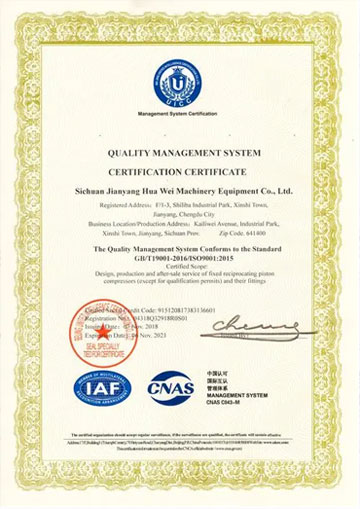

self tapping screws into cast iron
Sep . 14, 2024 17:29 Back to list
self tapping screws into cast iron
Self-Tapping Screws into Cast Iron A Comprehensive Guide
Self-tapping screws are commonly used in a variety of construction and manufacturing applications due to their ability to create their own holes when driven into materials
. When it comes to cast iron, however, using self-tapping screws requires careful consideration and the right techniques to ensure successful insertion and longevity of the fastening.Cast iron is a dense, brittle material that presents unique challenges for fastening. Unlike softer materials like wood or plastics, cast iron is more prone to cracking under stress. Therefore, selecting the right type of self-tapping screw is essential. Typically, screws made from high-strength steel with a sharp, tapered point are ideal for this application. They should also feature thread patterns designed for metal to ensure optimal grip and performance.
Before beginning the installation, it is crucial to prepare the cast iron surface. Cleaning the area where the screw will be inserted helps remove any dirt, rust, or debris that could interfere with the screw's engagement. In some cases, drilling a pilot hole may be advisable, as it reduces the risk of cracking the cast iron and provides a more controlled environment for the screw to tap into.
self tapping screws into cast iron

When driving the screw, use a power screwdriver or drill with the appropriate settings. It’s advisable to begin at a low speed to increase control and reduce the risk of damaging the cast iron. Apply consistent pressure as you drive the screw, allowing it to cut its way into the material. If resistance is encountered, it may indicate that the screw is hitting a particularly hard section of the cast iron, or it may need a pilot hole for easier insertion.
After inserting the self-tapping screw, check to ensure that it is securely fastened. Over-tightening is a common mistake that can lead to cracks or breakage in cast iron. Always adhere to the recommended torque specifications for the screws being used to prevent damage to the surrounding material.
In summary, using self-tapping screws in cast iron can be highly effective if done correctly. Selecting the right screws, properly preparing the material, and following the appropriate insertion techniques will lead to a successful fastening solution. This knowledge is crucial for anyone working with cast iron to ensure strong, durable connections that can withstand the demands of various applications.
Latest news
-
High-Strength Hot-Dip Galvanized Bolts-Hebei Longze|Corrosion Resistance&High Strength
NewsJul.30,2025
-
Hot Dip Galvanized Bolts-Hebei Longze|Corrosion Resistance&High Strength
NewsJul.30,2025
-
Hot Dip Galvanized Bolts - Hebei Longze | Corrosion Resistance, High Strength
NewsJul.30,2025
-
High-Strength Hot Dip Galvanized Bolts-Hebei Longze|Corrosion Resistance, Grade 8.8
NewsJul.30,2025
-
Hot Dip Galvanized Bolts-Hebei Longze|Corrosion Resistance,High Strength
NewsJul.29,2025
-
High-Strength Hot Dip Galvanized Bolts - Hebei Longze Metal Products Manufacturing Co., Ltd.|corrosion resistance&high strength
NewsJul.29,2025

